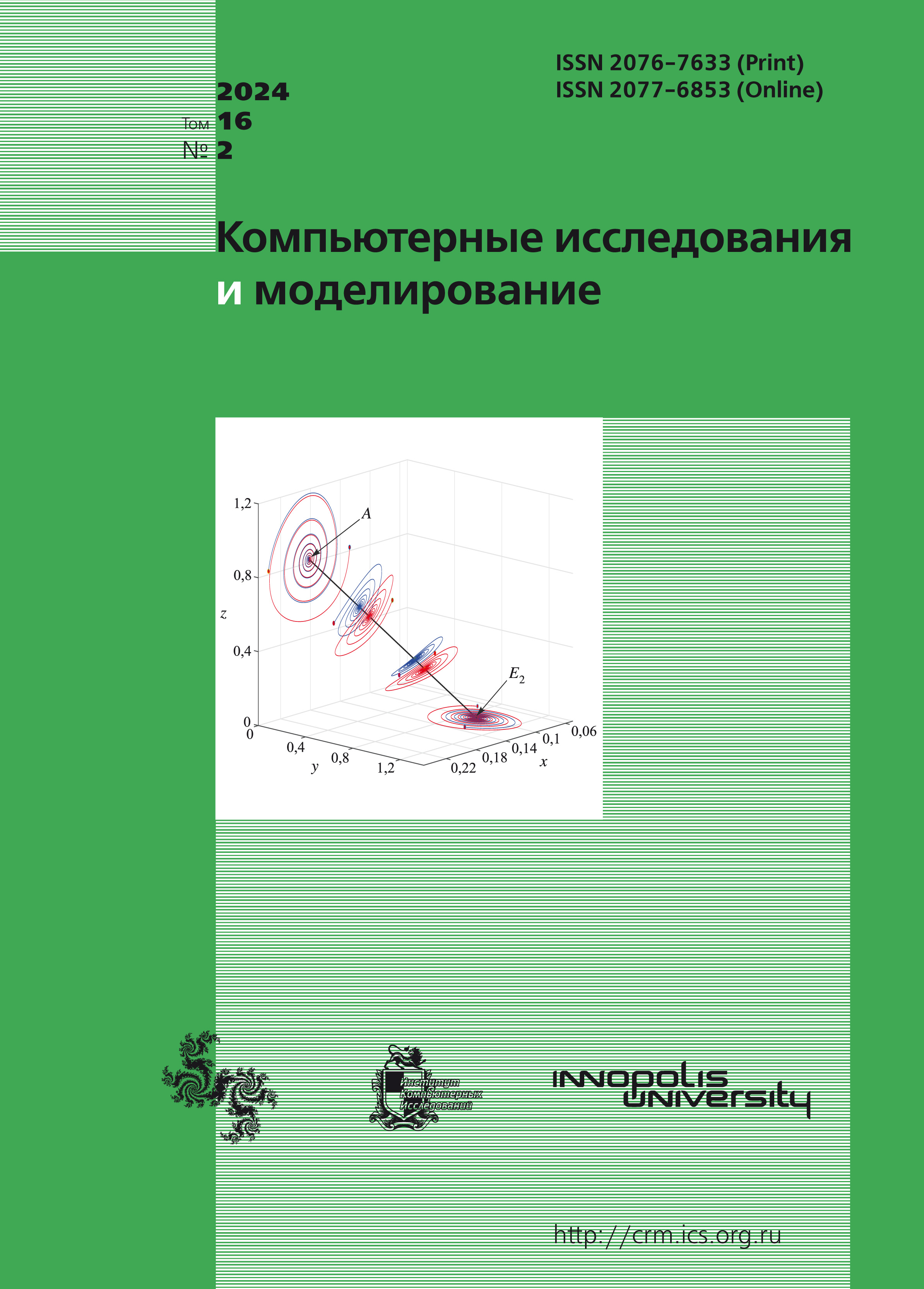Все выпуски
- 2024 Том 16
- 2023 Том 15
- 2022 Том 14
- 2021 Том 13
- 2020 Том 12
- 2019 Том 11
- 2018 Том 10
- 2017 Том 9
- 2016 Том 8
- 2015 Том 7
- 2014 Том 6
- 2013 Том 5
- 2012 Том 4
- 2011 Том 3
- 2010 Том 2
- 2009 Том 1
-
Влияние нерыночного преимущества на равновесие в модели Хотеллинга
Компьютерные исследования и моделирование, 2016, т. 8, № 3, с. 573-581В работе исследуется модификация модели Хотеллинга, в которой одна из фирм обладает нерыночным преимуществом, введенным по аналогии с валентностью, используемой в задачах политической экономии. Нерыночное (валентное) преимущество может интерпретироваться как реклама (узнаваемость фирмы). Установлено, что при аддитивной функции полезности потребителей, зависящей квадратично от расстояния до фирмы, существует единственное равновесие по Нэшу. Это равновесие значительно «богаче» равновесия в исходной модели Хотеллинга. В частности, дополнительное нерыночное преимущество может быть избыточным и его использование — неэффективным.
Impact of the non-market advantage on equilibrium in A Hotelling model
Computer Research and Modeling, 2016, v. 8, no. 3, pp. 573-581The principle of minimal differentiation, based on the Hotelling model, is well known in the economy. It is applicable to horizontal differentiated goods of almost any nature. The Hotelling approach to modeling competition of oligopolies corresponds to a modern description of monopolistic competition with increasing returns to scale and imperfect competition. We develop a modification of the Hotelling model that endows a firm with a non-market advantage, which is introduced alike the valence advantage known in problems of political economy. The nonmarket (valence) advantage can be interpreted as advertisement (brand awareness of firms). Problem statement. Consider two firms competing with prices and location. Homogeneous consumers vary with its location on a segment. They minimize their costs, which additively includes the price of the product and the distance from them to the product. The utility function is linear with respect to the price and quadratic with respect to the distance. It is also expected that one of the firms (for certainty, firm № 1) has a market advantage d. The consumers are assumed to take into account the sum of the distance to the product and the market advantage of firm 1. Thus, the strategy of the firms and the consumers depend on two parameters: the unit t of the transport costs and the non-market advantage d. I explore characteristics of the equilibrium in the model as a function of the non-market advantage for different fixed t. The aim of the research is to assess the impact of the non-market advantage on the equlibrium. We prove that the Nash equilibrium exists and it is unique under additive consumers' preferences de-pending on the square of the distance between consumers and firms. This equilibrium is ‘richer’ than that in the original Hotelling model. In particular, non-market advantage can be excessive and inefficient to use.
Журнал индексируется в Scopus
Полнотекстовая версия журнала доступна также на сайте научной электронной библиотеки eLIBRARY.RU
Журнал входит в систему Российского индекса научного цитирования.
Журнал включен в базу данных Russian Science Citation Index (RSCI) на платформе Web of Science
Международная Междисциплинарная Конференция "Математика. Компьютер. Образование"






